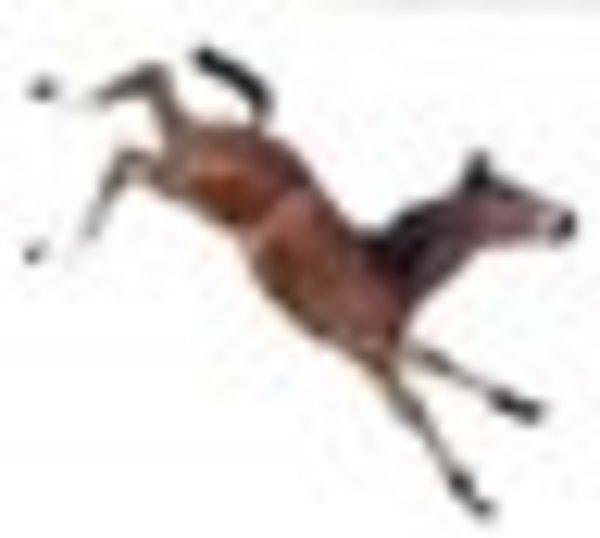Happy Vet Year! 2011 is World Veterinary Year!
- March 10, 2017
- ⎯ Fran Jurga
There’s a worldwide celebration planned for 2011, and it has its roots in the horse world. What we’d call dressage, today, as a matter of fact. Read on!

Veterinarians and vet schools all over the world will be celebrating the 250th anniversary of formal veterinary education this year. Organizations on all the continents have endorsed the global event, which will be marked by education and awareness publicity on many levels. In December, the United States Congress proclaimed 2011 as World Veterinary Year here in the USA, and recognized the contribution of the French in the founding of the profession. Similar endorsements have been coming from around the world.
It all began back in 1761, when a noted French horseman named Claude Bourgelat moved in a new direction in his studies of horse training and formal equitation and did what no one had ever done before.As Director of the Lyon Academy of Horsemanship, Bourgelat was the first equestrian to take a scientific (for the times) approach to horse training. His book El?mens d’hippiatrique (Elements of Horsemanship) became a bestseller and brought him acclaim as an equestrian genius. Bourgelat’s scientific methodology was acquired through his association with surgeons at the hospital; while learning to carry out dissections with them, he studied the anatomy of the horse while they studied human bodies.
With his head spinning with new awareness of anatomy and physiology, Bourgelat was soon proposing new information about horsemanship and farriery for Paris publications, and was on a coincidental collision course with the similar goals of France’s King Louis XV, who wanted to find cures for cattle diseases. Soon, France wrote its place in history with the establishment of the first veterinary college in Lyon, where Bourgelat would be in charge of training students to apply scientific principles to the treatment of animal diseases and disorders. On August 4th, 1761, an order of the King’s Council authorized Bourgelat to open a school in which the principles and methods whereby livestock diseases may be cured will be taught in public.

Bourgelat also established the veterinary college at Alfort in Paris, which is the oldest veterinary school in the world to exist in its original location.

J.L. Lupton, in Modern Practical Farriery, published in 1879, wrote: “(From his Lyon) establishment (Bourgelat) despatched students, with weapons in their hands all-necessary for combating disease by science with practice; and in a short time from this period, the (cattle) plague was stayed and the health of stock restored, through the assistance rendered to agriculture by veterinary science and art.”
So the country that gave the world great health and scientific innovations such as the work of Louis Pasteur and Madame Curie also gave the world a profession: the animal’s physician.
This year, national and international veterinary institutions will be promoting the birth of the veterinary profession. In doing so, they will raise public awareness about the importance of their profession, while at the same reminding opinion leaders and policymakers everywhere in the world that veterinarians have been serving humankind as well as their animal patients for 250 years, by the crucial role they have played in public health and the eradication or control of human diseases that spread or hosted by animals.
The World Veterinary Year should stimulate a revival of interest in the history of veterinary medicine, just as it salutes the contributions of 250 years of trained veterinarians to global health for people and animals. The fact that Bourgelat was a horse trainer makes it especially meaningful to the equestrian community: one of our own rose to the occasion and made history by looking at horses in a different and very important way.
Engraving of anatomical horse at top of page from Lafosse, Philippe ?tienne: Cours d’hippiatrique, ou trait? complet de la m?dicine des chevaux, orn? de soixante & cinq planches grav?es. Paris: Edme & chez l’auteur, 1772
by Fran Jurga | The Jurga Report at Equisearch.comBe friends withFran Jurga on Facebook.comTweet






